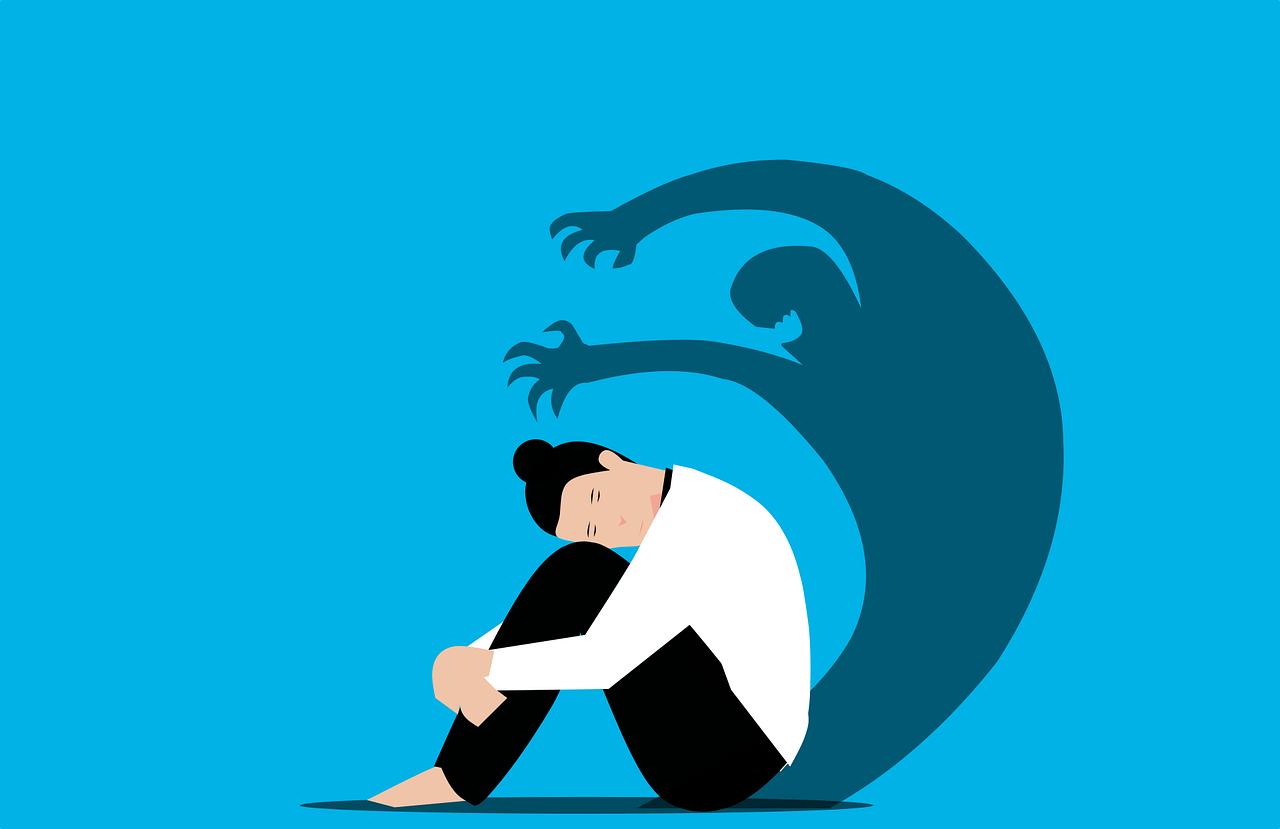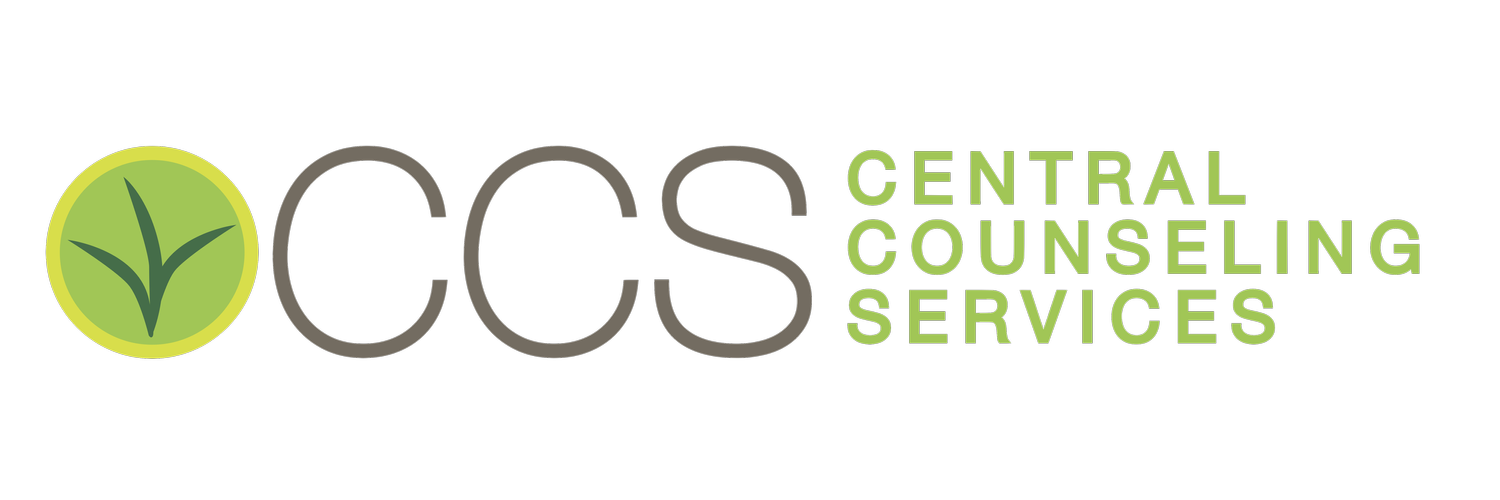Blog

Memorial Day is More Than Just Another Weekend
As members of the workforce, we often find it exciting to have a 3-day weekend to spend with the family, with friends, or doing some of our favorite activities. One of those weekends happens to be Memorial Day Weekend. However, it’s important to remember the commemoration of Memorial Day - that it’s more than just a weekend, it’s to honor those who have died in military services.

Stress-Relief Tips for Working Moms
Working moms are no strangers to stress. From having to balance with the expectations to carry out at any workplace, working moms also have to bear with the emotional rollercoaster of anxiety, guilt, frustration, joy, and all other emotions that come with motherhood. It is important to practice some self-care in between all of the highs and lows of being a mother and being part of a workforce.

Borderline Personality Disorder and Relationships
Let's talk about borderline personality disorder (BPD) and relationships. The first thing we want to do is recognize the traits of borderline personality disorder. People with BPD tend to have an intense fear of being left alone or abandoned. Regardless of whether such abandonment is real or imagined, the individual may take extreme measures to avoid possible separation or rejection.

Preparing for Mother’s Day: Support and Empowerment
Mother’s Day is an occasion that many people around the world celebrate. However, it is not often the happiest day for many others. Mother’s Day can trigger some of the toughest feelings for people, such as those grieving the loss of a child, struggling with infertility, those without a relationship with their own mother, or even struggling with adoption.

Preparing for the Posts Ahead and FOMO: How to Deal with the Fear of Missing Out as We Begin Festival Season
All generations are now familiar with social media – from creating and sharing posts about their weekend adventure to sharing the next up-and-coming restaurant that just popped up. It is without a doubt that we all feel the excitement to share with our family, friends, and followers on the most exciting times of our lives, however have we ever taken the chance to reflect on that feeling that we are missing out on events, festivals, opportunities that others share on their feed?

Late Diagnosis of Autism Spectrum Disorder (ASD) in Girls and Women
The Centers for Disease Control and Prevention (CDC) estimate that on 1 in 59 children have a diagnosis of Autism Spectrum Disorder. They also estimate that boys are four times more likely to have a diagnosis than girls. Are there less female children experiencing the symptoms of ASD or are they just going undiagnosed or in some cases, or being diagnosed with other mental health issues instead?

Save a relationship by using these ‘Fair Fighting Rules’.
As you are probably well aware, the last few years have been difficult due to so many occurrences happening in the world. Political issues, COVID-19, so many different losses in everyone’s life, not to mention all the different viewpoints related to all these topics

Do your friends tell you you need a therapist?
Nora discusses the struggles and emotions that come along with being visually impaired and wants others to know they aren't alone. It is important to face these challenges and she helps clients combat them by using tools and different coping skills to fight them once and for all. Nora advocates for those struggling and provides a therapeutic safe space with no judgment to help clients live their best lives.

How to Manage Holiday Stress
While Easter is approaching, it’s important to discuss ways to get out of the rabbit hole this weekend. Celebrating Easter does come with its many quirks - preparing gift baskets, hiding Easter eggs for the kids, and so on. However, regardless of the fun, it’s a holiday, and many people out here may love or hate holidays. It’s important that as we approach yet another holiday to practice self-awareness.

Emotional Intimacy
Have you ever spent the entire day with someone, but still felt like you missed them or you didn’t really connect in your time together? It’s possible that you are doing tasks alongside someone but missing emotional intimacy. Emotional intimacy applies to all relationships.

Depression: recognizing the signs, how to cope, and where to find help
Depression can make it tough to enjoy life, especially when feelings of despair and hopelessness always persist. Here are some tips and helpful ideas for overcoming depression.

Accidents Happen to All of Us
It is important to remember we are sometimes overtaken by our intense pain, both physically and emotionally, that it is easy to overlook the good and where we can improve our own environment to support healthy functions.

The Meaning of Life: Less Intimidating Than It Sounds
Ultimately, we can’t prevent all bad things from happening to us, and we can’t avoid pain and loss forever. But experiencing terrible things feels… well, terrible. So, if part of the human experience is accepting the reality of pain and loss, what’s an ordinary human to do about it? How can we find a sense of purpose or meaning in the midst of a pandemic, war, political unrest, chronic illness, or anything else we might face in life?

Teens are More Prone to Anxiety
Teens are affected with higher rates of anxiety, with nearly 1 in 3 teens meeting the criteria for an Anxiety Disorder.

Gratitude: How To Find It And How To Use It
Whether your difficulties preceded or were brought on by or during the pandemic—from health, grief and loss, depression, anxiety, stress, and financial problems, to work-related, family, and relationship issues—you are NOT alone! The important thing to remember, no matter which difficulties resonate, is that we are here for you and can help. Finding gratitude in your every day can also help.
